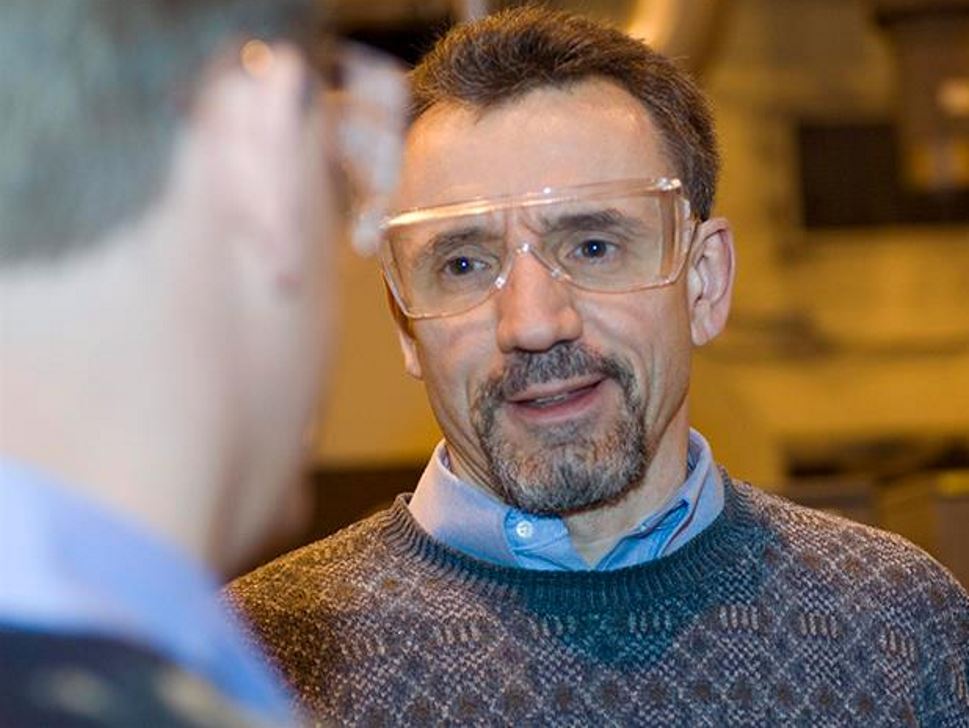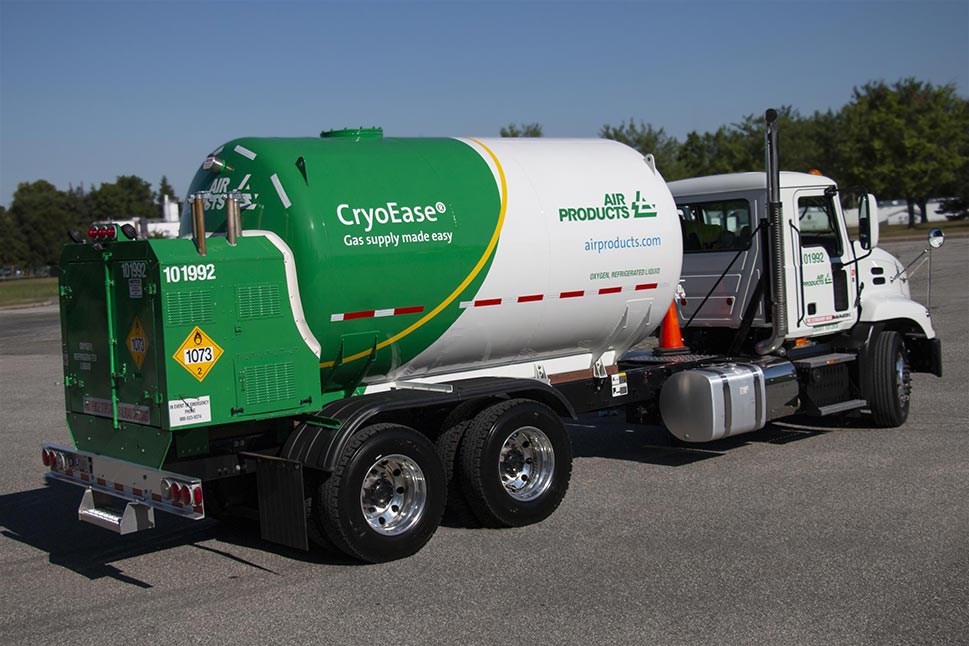Optimizing Industrial Gases in 3D Metal Printing
In the world of rapid prototyping and production of metal components, it is important to have the proper gas atmosphere to efficiently produce quality parts.
Solutions and Expertise for 3D Printing
- Optimized part treatment via proper gas selection and purity
- Uniform printing as a result of maintaining consistent conditions
- Improved control over chamber management and post-printing heat treatment
- Lower production costs via reliable and cost efficient gas supply
- Easy installation
- Increased safety
Get in touch with our technical experts.
Learn more about our cooling and inerting gases for 3D printing.
Ask the Expert

Don Bowe
Applications Engineer
“How does gas affect the quality of my additive manufacturing process?”
As with other traditional methods of prototyping and manufacturing metal parts, the proper gas atmosphere is critical for producing quality products. Nitrogen and argon are commonly used to provide inert atmospheres during additive manufacturing. It is important to use the correct flow rate and purge duration to avoid deformed parts and ensure a safe production environment. For example, high oxygen content in the atmosphere will result in oxidation of the powder metal leading to poor part quality, clumping in the powder feed, or high porosity in the end product. It will also reduce the amount of recyclable powder for future use. Inerting is also critical for proper management of the combustible dust arising from the powder metal and printing process. Post treatments after printing may require industrial gases, depending on the application.
The Role of Industrial Gases in 3d Printing of Metal Parts
In the world of rapid prototyping and production of metal components, it is important to have the proper gas atmosphere to efficiently produce quality parts.

Industrial Gas Audits and Leak Detection Services
Audits and leak detection services can be comprehensive assessments of the entire gas supply system, or specific to gas or process equipment that use the gas.
Additional Services

CryoEase® Microbulk Solutions
CryoEase® microbulk technology is a modern concept where your gas is supplied by filling on-site vs. the traditional method for smaller volume usage, where gas is supplied by swapping full for empty cylinders and dewars. CryoEase® microbulk supply features specially designed trucks with integrated controls and flexible storage tank options. End usage can be provided as pure gases, cryogenic liquids or gaseous mixtures via a blender installed at your site.
Learn More
Gases
Air Products gases, typically provided in gaseous and liquid form, enable customers in a wide range of industries to improve their environmental performance, product quality, and productivity.
Argon
Compressed argon gas and liquid argon in a variety of purities and in various modes of supply around the world thanks to our network of storage and transfill facilities.
Helium
An inert gas for cryogenic, heat transfer, shielding, leak detection, analytical and lifting applications
Nitrogen
Useful as a gas, for its inert properties, and as a liquid for cooling and freezing. Virtually any industry can benefit from its unique properties to improve yields, optimize performance and make operations safer.
